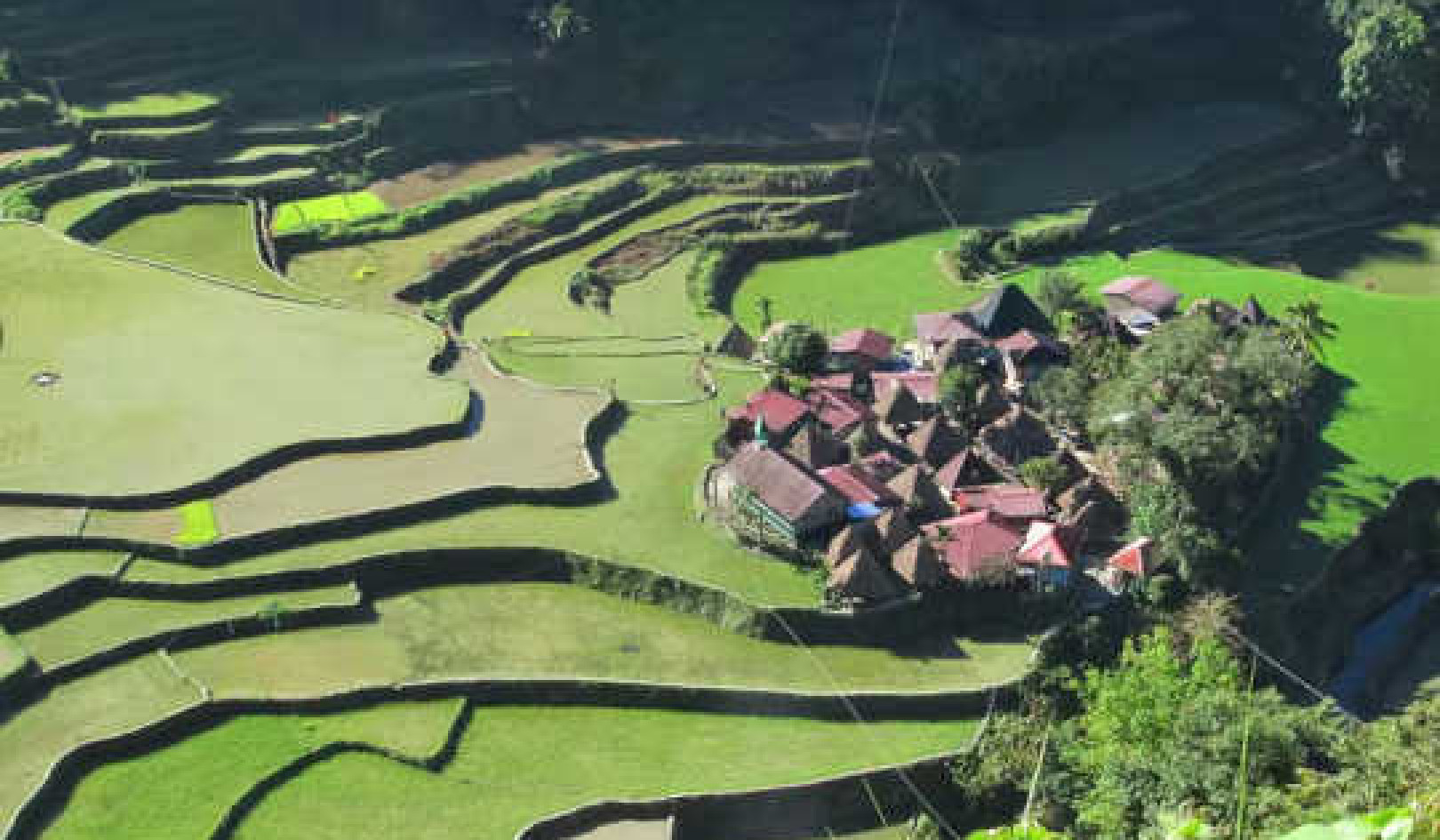 Livet i planetens sista växthus, Eocene. Jay Matternes / Smithsonian Museum, CC BY
Livet i planetens sista växthus, Eocene. Jay Matternes / Smithsonian Museum, CC BY
Koldioxidhalterna är på väg mot värden som inte har noterats under de senaste 200m-åren. Solen har också gradvis blivit starkare över tiden. Sammantaget betyder dessa fakta klimatet kan vara på väg mot värme som inte ses under de senaste halv miljardåren. ![]()
A lot has happened on Earth since 500,000,000BC – continents, oceans and mountain ranges have come and gone, and complex life has evolved and moved from the oceans onto the land and into the air. Most of these changes occur on very long timescales of millions of years or more. However, over the past 150 years global temperatures have increased by about 1?, ice caps and glaciers have retreated, polar sea-ice has melted, and sea levels have risen.
Vissa kommer att påpeka att jordens klimat har har genomgått liknande förändringar innan. Så vad är den stora affären?
Forskare kan försöka förstå tidigare klimat genom att titta på bevis som är låsta i stenar, sediment och fossiler. Vad det här berättar för oss är att ja, klimatet har förändrats tidigare men nuvarande förändringshastighet är mycket ovanligt. Till exempel har koldioxid inte tillsatts i atmosfären så snabbt som idag för åtminstone det förflutna 66m år.
In fact, if we continue on our current path and exploit all convention fossil fuels, then as well as the rate of CO? emissions, the absolute climate warming is also likely to be unprecedented in at least the past 420m years. That’s according to a new study we have published in Nature Communications.
In terms of geological time, 1? of global warming isn’t particularly unusual. For much of its history the planet was significantly warmer than today, and in fact more often than not Earth was in what is termed a “greenhouse” climate state. During the last greenhouse state 50m years ago, global average temperatures were 10-15? warmer than today, the polar regions were ice-free, Palmer växte på Antarktis kust, och alligatorer och sköldpaddor wallowed i träsk skogar i vad är nu den frusna kanadensiska arktiska.
Trots vår nuvarande uppvärmning är vi dock fortfarande tekniskt i ett "ishus" klimatläge, vilket helt enkelt betyder att det finns is på båda polerna. Jorden har naturligtvis cyklat mellan dessa två klimatstater varje 300m år eller så.
Just prior to the industrial revolution, for every million molecules in the atmosphere, about 280 of them were CO? molecules (280 parts-per-million, or ppm). Today, due primarily to the burning of fossil fuels, concentrations are about 400 ppm. In the absence of any efforts to curtail our emissions, burning of conventional fossil fuels will cause CO? concentrations to be around 2,000ppm by the year 2250.
This is of course a lot of CO?, but the geological record tells us that the Earth has experienced similar concentrations several times in the past. For instance, our new compilation of data shows that during the Triassic, around 200m years ago, when dinosaurs first evolved, Earth had a greenhouse climate state with atmospheric CO? around 2,000-3,000ppm.
Så höga koncentrationer av koldioxid gör inte nödvändigtvis världen helt obeboelig. Dinosaurerna trivdes trots allt.
Det betyder dock inte att det här är någon stor sak. För en början är det ingen tvekan om att mänskligheten kommer att möta stora socioekonomiska utmaningar som handlar om dramatiska och snabba klimatförändringar som kommer att bero på den snabba ökningen till 2,000 eller mer ppm.
But our new study also shows that the same carbon concentrations will cause more warming in future than in previous periods of high carbon dioxide. This is because the Earth’s temperature does not just depend on the level of CO? (or other greenhouse gases) in the atmosphere. All our energy ultimately comes from the sun, and due to the way the sun generates energy through nuclear fusion of hydrogen into helium, its brightness has increased over time. Four and a half billion years ago when the Earth was young the sun was around 30% less bright.
So what really matters is the combined effect of the sun’s changing strength and the varying greenhouse effect. Looking through geological history we generally found that as the sun became stronger through time, atmospheric CO? gradually decreased, so both changes cancelled each other out on average.
Men hur är det i framtiden? Vi hittade ingen tidigare tidsperiod när klimatförare, eller klimat tvingar, var så hög som det kommer att vara i framtiden om vi bränner allt lättillgängligt fossilt bränsle. Inget som det har spelats in i rockregistret i minst 420m år.
En central pelare av geologisk vetenskap är enhetlig princip: that “the present is the key to the past”. If we carry on burning fossil fuels as we are at present, by 2250 this old adage is sadly no longer likely to be true. It is doubtful that this high-CO? future will have a counterpart, even in the vastness of the geological record.
Om Författarna
Gavin Foster, professor i isotopgeokemi, University of Southampton; Dana Royer, professor i jord- och miljövetenskaper, Wesleyan University, och Dan Lunt, professor i klimatvetenskap, University of Bristol
Den här artikeln publicerades ursprungligen den Avlyssningen. Läs ursprungliga artikeln.
relaterade böcker
at InnerSelf Market och Amazon






















